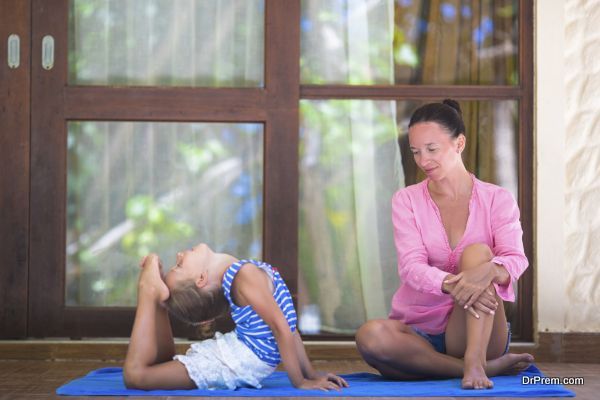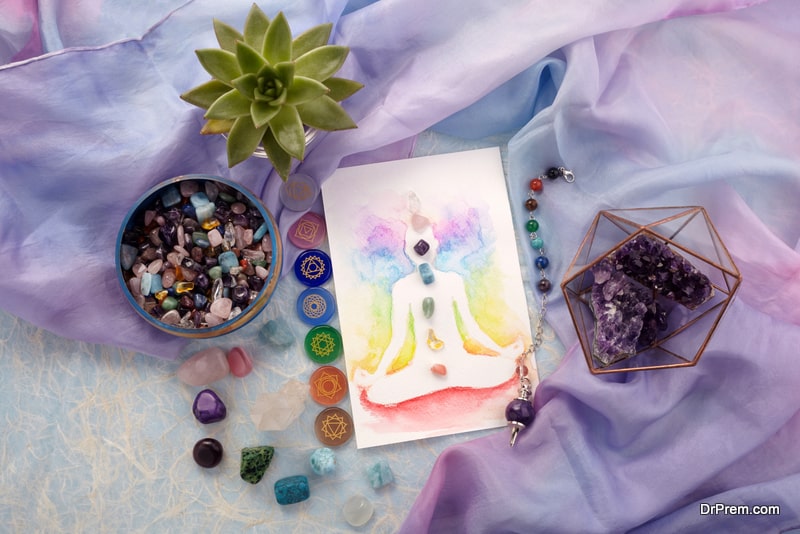Yoga is not all about steel discipline and iron will. There is a more alluring fun side to it that even children can enjoy. But most importantly, the tots can remain both fit and active in this inglorious age of obesity. So, without further ado, let us check some poses that have benefits specifically on the tiny ones.
Mountain Pose
Also known as Tadasana, this is considered as one the basic ‘asanas’ in a Yoga scope. The simplistic pose requires you to just stand, but with a certain degree of balance (heels facing a little outward direction, while the body weight rest on your toes). A harmonious breathing pattern also helps in this situation, which ultimately aims for a state of relaxation and concentration for other complex poses.
Tree Pose
Also known as Vrksasana, this pose is good for developing intrinsic concentration along with discipline. Requiring some credible amount of balance, the child should be taught to fix their mind on a singular object. The posture involves the planting of the feet (analogous to root) firmly on the ground.
Child’s Pose
Also known as the Balasana, the name very well describes its directed patrons. Developed for children, the restorative pose entails a full kneeling on the floor with the child’s toes touching together. Their torso can then be laid down upon the thigh support along the ground. The favorable effects can result in increased elasticity to our hips, ankles and thighs.
Camel Pose
Also known as the Ustrasana, this fun pose allows your child to mimic the one and only camel. With their knees as the support, the posture requires a full bowing of the body (with both of the legs on the ground). Then the child can grab at his/her heel from behind, in the process creating an outward arc along the belly region.
Fish Pose
Also known as the Matsyasana, this relaxing posture requires the full body of the child to be rested upon the ground (with their back to the floor). Now, after finding the correct surface area, one needs to arch his chest (along with the upper belly region) upwards. This simplistic bearing allows for strengthening of upper back and neck muscles, along with increased flexibility.
Bow Pose
Also known as the Dhanurasana, this is a sort of an inverse exercise which might be the most difficult of all the seven mentioned. The posture requires you to bend your body inversely like a bow, with your hands holding on to your feet from behind. The beneficial effect results in enhanced flexibility and back strength.








